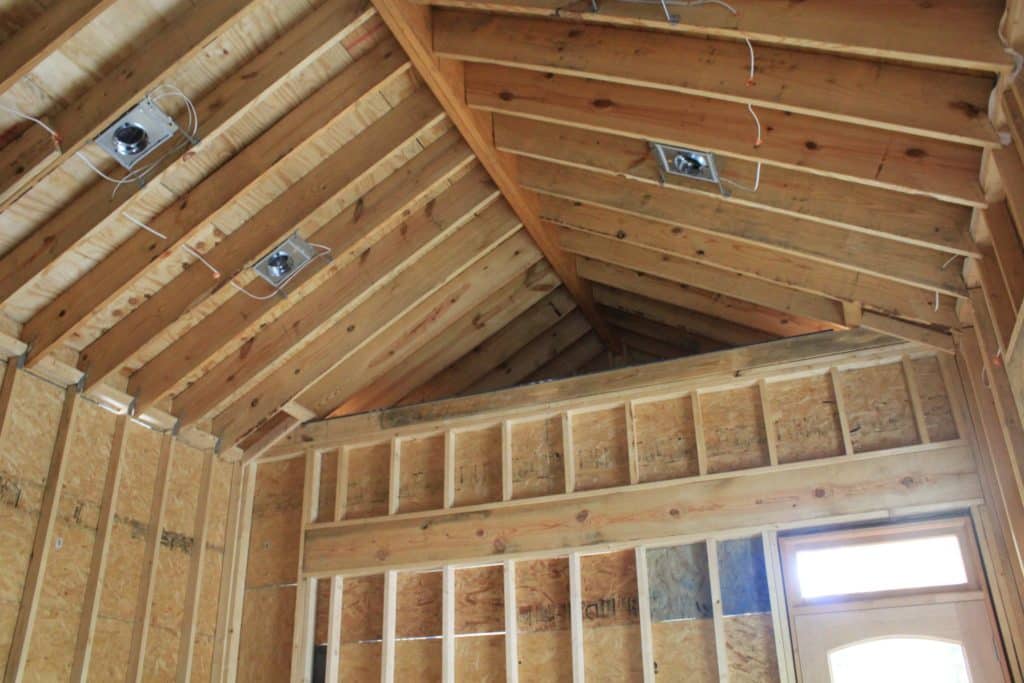Leaky faucets — no good. Leaky homes — even worse. If your home has uncontrolled air leakage in and out of it, you have a lot more to worry about than an annoying drip-drip-drip. Air leaks waste energy — and therefore your hard-earned money. They can also carry moisture that leads to condensation, which feeds mildew, mildew and rot, and negatively affects air quality.
Spray polyurethane foam insulation can work wonders when it comes to providing a tight, continuous air barrier, but the first step is finding where the insulation is needed most. According to Tristan Roberts of Building Green, Inc., these are some of the most common leakage pathways in existing homes:
- The chimney chase – especially since it often hosts the stack effect.
- Light fixtures and plumbing – another “great” place for the stack effect. As air moves upward, light fixtures and bath fans (along with smoke detectors and wiring points), all of which may be cut through the attic floor, make easy pathways.
- Interior wall cavities – An energy audit that includes a blower door test, which Sunlight Contractors always performs both before and after installing spray polyurethane foam insulation, can help you find such these little-thought-of but major source of air leaks.
- Windows and doors – Even previously “tight” windows and doors can get leaky over time as weather-stripping ages and deteriorates or frequent opening and closing leaves them warped and pulling away from that weather-stripping.
- Basement masonry and sills – Cracks and even natural pores in stone, brick or block will leak air, and even a slight crack or space between a home’s foundation and the frame (like between the above-grade portion of basement walls and the junction between the foundation and wooden sill) can let a lot of air through.
- Wall penetrations – Holes cut in the wall for electrical boxes and the like are just that — holes. Holes equal air leak pathways. Period.
- Attic hatch or door – Many lack any weather-stripping whatsoever.
- Behind “stuff” – like bathtubs, tub/shower surrounds, wall cabinets, etc. If there’s no insulation, especially if it’s near an outside wall, guess what can happen…
- Where wood meets wood – The crack between the baseboard and the floor, where window trim pieces connect to each other or to the window, etc. can provide an inlet/outlet for air to pass through.
Now, find out how to detect the source of the air leak in your home.
CALL TODAY
Call the spray polyurethane foam experts at Sunlight Contractors. They’ll perform a home energy audit, root out the culprits that are making your house leaky, and transform it into the comfortable, energy-efficient home that you deserve. And because they also care about the air quality of your home, they’ll even measure how it stands up to ASHRAE standards and provide you with a written report of their findings.

